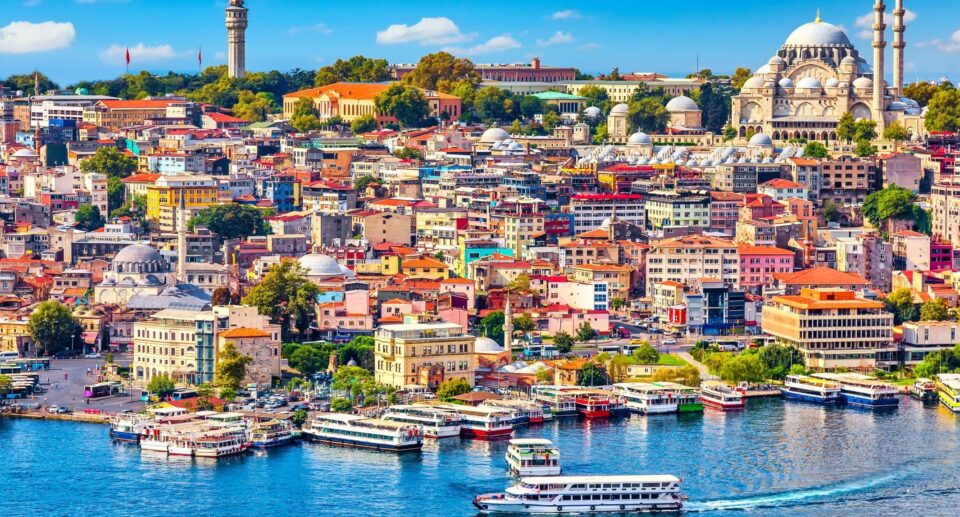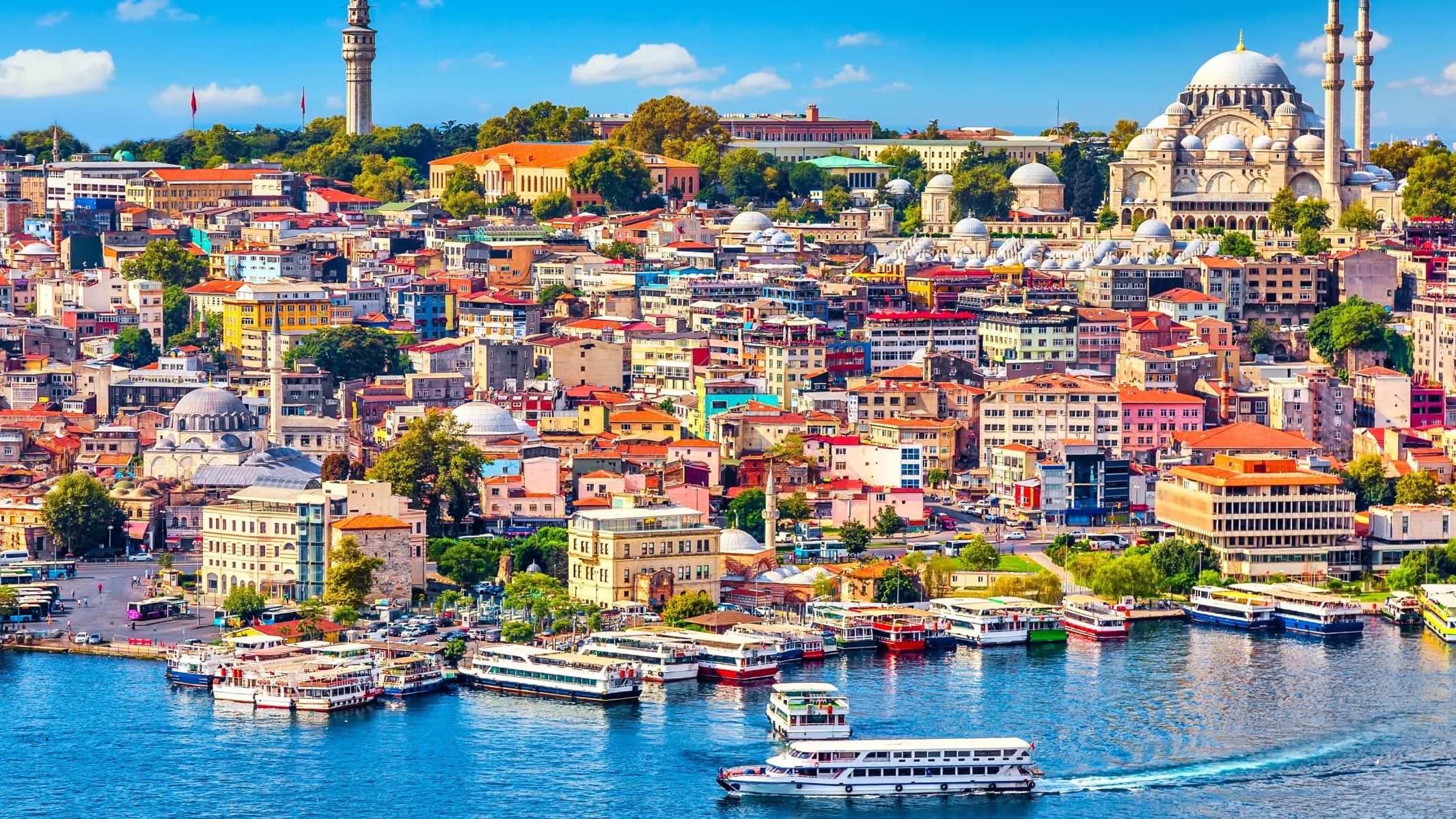Hagia Sophia: History, Splendor & Visitor Guide

Hagia Sophia, a captivating landmark in Istanbul, stuns visitors with its architectural brilliance and rich history. This guide delves into the fascinating story, incredible facts, and significance of this UNESCO World Heritage Site, answering all your questions and preparing you for an unforgettable visit.
A Journey Through Time: The Enduring History of Hagia Sophia
Hagia Sophia, meaning “Holy Wisdom” in Greek, boasts a past as rich and layered as the mosaics that adorn its walls. Originally built as a grand Christian cathedral in 537 AD by Byzantine Emperor Justinian I, it served as the spiritual center of the Eastern Orthodox Church for nearly a thousand years. With its awe-inspiring dome, a marvel of engineering for its time, and intricate mosaics depicting religious scenes, Hagia Sophia stood as a testament to Byzantine artistic prowess.
Centuries later, the Ottoman conquest of Constantinople (present-day Istanbul) ushered in a new chapter. It was converted into a mosque in 1453, with minarets added to its exterior. The Ottomans also incorporated Islamic calligraphy and decorative elements, creating a unique blend of Christian and Islamic art within the structure.
In the 1930s, Hagia Sophia was secularized and became a museum, allowing visitors of all faiths to appreciate its architectural and artistic legacy. It was reopened for worship in 2020. It is now both a museum and a place of worship.

Why Should I Visit Hagia Sophia?
Architectural Marvel: Hagia Sophia’s massive dome, a feat of engineering for its time, dominated the city skyline for centuries. Its innovative use of pendentives, triangular elements supporting the dome, created a vast and airy central space.
Cultural Convergence: Hagia Sophia embodies the spirit of Istanbul, a city where Eastern and Western influences meet. Its architecture and art reflect the rich tapestry of cultures that have shaped the city’s history.
A Beacon of History: Hagia Sophia is a UNESCO World Heritage Site, attracting millions of visitors each year. It serves as a powerful symbol of religious tolerance, artistic achievement, and the enduring legacy of past civilizations.
Planning Your Visit
Getting There: Hagia Sophia is conveniently located in the heart of Istanbul’s historic peninsula. It’s easily accessible by public transportation, including buses, trams, and ferries.
Opening Hours: Hours vary depending on the season, so check the official website or local listings for the most up-to-date information before your visit.

Tips for Your Visit:
Dress Modestly: Respectful attire is recommended, covering shoulders and knees.
Be Prepared for Crowds: Hagia Sophia is a popular tourist destination, so expect crowds, especially during peak season.
Take Your Time: Allow ample time to explore the vast interior and admire the architectural details and artwork.
Explore Further: After visiting Hagia Sophia, consider venturing to nearby attractions like the Topkapi Palace or the Blue Mosque for a deeper dive into Istanbul’s history and culture.
Hagia Sophia awaits! Step inside and embark on a journey through time, marveling at its architectural grandeur, rich history, and cultural significance. This unforgettable landmark is sure to leave a lasting impression on your Istanbul adventure.









